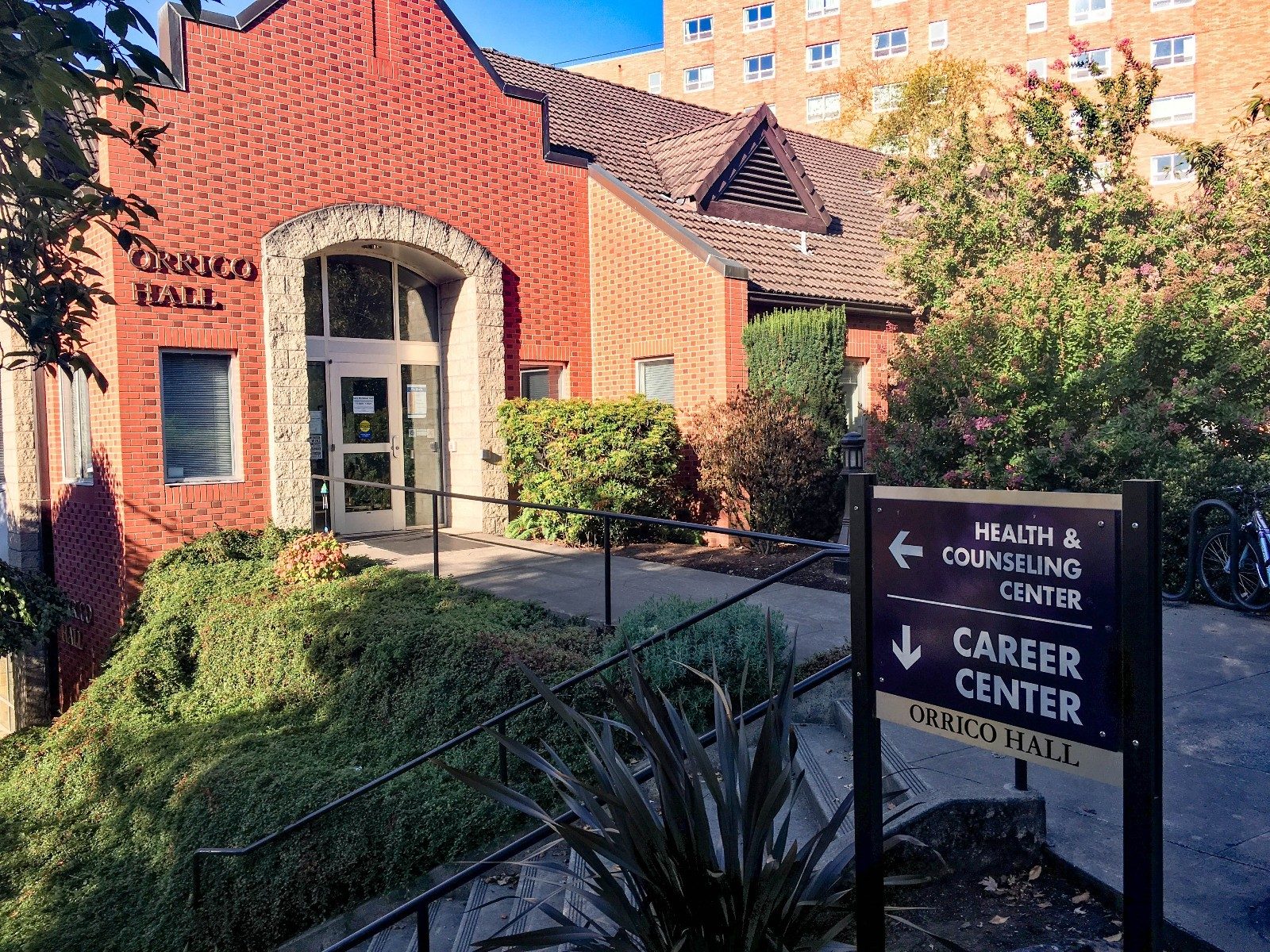Expand your teaching toolkit for both online and face-to-face courses In my last entry, I explained how principles of facilitating peer-assisted learning (PAL) groups in the Learning Commons can support our own thinking as we design courses and learning plans. This blog entry is a continuation of this discussion. In the Learning Commons, designing PAL…Continue Reading Blending Collaborative Learning and Learning Strategies to Enhance Online Engagement
Tag: teaching and learning collaborative
“…and I was happy not to finish what I had intended.”

Last week, Lars Larson challenged us to integrate interleaving into our courses, basing his proposal on principles found in Brown, Roediger, and McDaniel’s Make it Stick (2014). One simple approach to interleaving is to bridge the introduction of material over two classes while also working on a different topic or concept. Although I know to…Continue Reading “…and I was happy not to finish what I had intended.”
To Whom do you Refer? The People on UP’s Counseling Staff

When we on the academic side of the University have concerns about the mental health of our students, one of our obvious resources is the staff of the UP Health and Counseling Center. Whether we get there via Early Alert or through a direct contact, it can be helpful for faculty and academic staff to…Continue Reading To Whom do you Refer? The People on UP’s Counseling Staff
A Brief Intro to Teaching Circles

Mark Meckler, Associate Professor of Strategy and Leadership in the Pamplin School of Business, created a 3-minute slide show that provides an overview of the structure and possibilities of faculty-created Teaching Circles. There is no single method for doing Teaching Circles “correctly,” but this slideshow gives you insights into the qualities of effective Teaching Circles….Continue Reading A Brief Intro to Teaching Circles